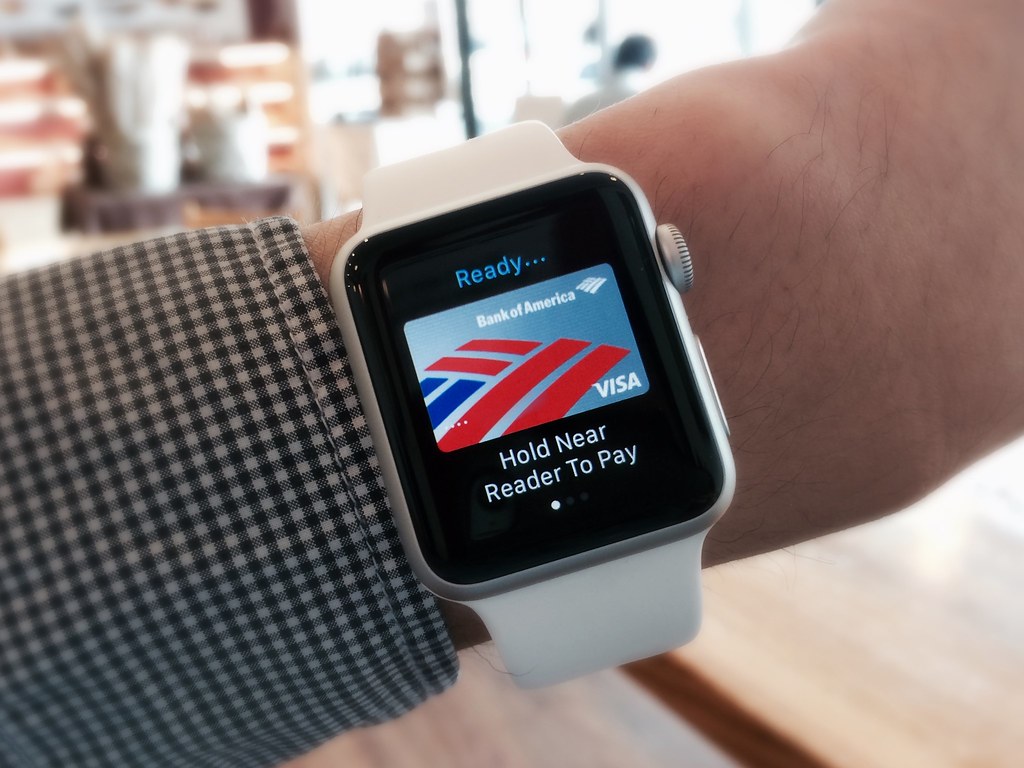The Pros and Cons of Using Apple Pay
Is Apple Pay the Future of Payments?
In this digital age, mobile payment systems have revolutionized the way people make transactions. Apple Pay is one such system that allows users to pay for goods and services with their Apple devices. It offers convenience, speed, and security, but like any technology, it also has its drawbacks. Let's explore the advantages and disadvantages of using Apple Pay.
Apple Pay has gained popularity for its seamless payment experience and enhanced security features. However, it is essential to consider both the benefits and limitations before fully embracing this digital payment method. Read on to discover the pros and cons of using Apple Pay to make informed decisions about integrating it into your financial routine.
Pros
Apple Pay offers several advantages that make it an attractive payment option for many users. From convenience to enhanced security, the benefits of using Apple Pay are compelling. Here are some reasons why you should consider adopting Apple Pay for your transactions:
Convenience
With Apple Pay, users can make quick and secure payments using their Apple devices, eliminating the need to carry physical wallets or search for cards. The ability to store multiple cards and make payments with a simple touch or glance further enhances the convenience of this payment method. Whether in-store, in-app, or online, Apple Pay streamlines the checkout process and saves time for users.
Enhanced Security
Apple Pay incorporates advanced security features such as tokenization and biometric authentication, making it a secure payment option. By using unique transaction codes and fingerprint or Face ID verification, Apple Pay reduces the risk of fraud and ensures the confidentiality of user payment information. This added layer of security adds peace of mind for users when making purchases.
Contactless and Hygienic Payments
In today's context of health awareness, Apple Pay supports contactless payments, minimizing physical contact with payment terminals and reducing the spread of germs. With the option for touchless transactions, Apple Pay contributes to a more hygienic payment experience, aligning with current health and safety considerations.
Integration with Loyalty and Rewards Programs
Apple Pay seamlessly integrates with various loyalty and rewards programs offered by participating merchants and banks. Users can conveniently earn and redeem rewards, receive cashback, and access exclusive offers within the Apple Pay ecosystem. This integration enhances the overall value proposition of using Apple Pay for transactions.
Global Acceptance and Availability
Apple Pay enjoys widespread acceptance at numerous retail stores, restaurants, transit systems, and apps globally, providing users with a versatile and consistent payment experience across different locations. The expanding support for Apple Pay in various countries and industries contributes to its convenience and usability for international travelers and local users alike.
Increased Mobile Wallet Usage
Apple Pay contributes to the growing trend of mobile wallet usage, allowing users to make convenient and secure transactions without the need to carry physical cards or cash. The rise of mobile wallet adoption also fosters a more streamlined and efficient payment ecosystem, benefiting both consumers and businesses.
Seamless Integration with Apple Ecosystem
The seamless integration of Apple Pay with other Apple devices and services, such as Siri and iMessage, enhances the overall user experience. This integration facilitates quick and effortless transactions, making payments more intuitive and user-friendly for Apple device users.
Missing a pro?
Let us know which pro you are missing!
Cons
While Apple Pay offers numerous benefits, it also has certain limitations and challenges that users should take into account. Understanding these drawbacks is crucial for making an informed decision about incorporating Apple Pay into your payment habits. Here are some aspects to consider:
Limited Merchant Adoption
Despite its global reach, some merchants may not accept Apple Pay, especially in certain regions or smaller businesses. This limited acceptance may restrict the usability of Apple Pay for certain transactions, necessitating the need for alternative payment methods in such scenarios.
Dependency on Compatible Devices and Infrastructure
Using Apple Pay requires compatible Apple devices such as iPhones, Apple Watches, and Macs, as well as the availability of NFC-equipped payment terminals at merchants. Users without these devices or access to compatible infrastructure may face barriers in utilizing Apple Pay for their transactions.
Potential Connectivity Issues
The reliance on network connectivity and device battery life for carrying out Apple Pay transactions introduces the possibility of occasional connectivity challenges or device-related issues. In situations with poor network coverage or low battery, users may encounter difficulties in using Apple Pay for payments.
Privacy Concerns and Data Storage
While Apple emphasizes its commitment to user privacy, some individuals may have reservations about the storage and handling of their payment and transaction data within the Apple ecosystem. Understanding the data management practices and privacy policies related to Apple Pay is important for users who prioritize data protection and privacy.
Dependency on Financial Institutions
The functionality of Apple Pay is contingent on the support and cooperation of banks and financial institutions. Issues related to card issuance, bank partnerships, and regional variations in banking services can impact the accessibility and experience of using Apple Pay for certain users.
Potential for User Misuse and Overspending
The ease and convenience of Apple Pay may lead to a propensity for user misuse and overspending, as the detachment from physical currency and cards can create a sense of detachment from the reality of spending. Users may be prone to making impulsive purchase decisions, impacting their financial well-being.
Incompatibility with Non-Apple Devices
One of the limitations of Apple Pay is its exclusive compatibility with Apple devices, rendering it inaccessible to users of non-Apple smartphones and devices. This could potentially lead to exclusion and inconvenience for a significant portion of the market.
Missing a con?
Let us know which con you are missing!
Conclusion
As with any payment method, Apple Pay has its distinct advantages and disadvantages. The decision to use Apple Pay depends on individual preferences, lifestyle, and the availability of compatible infrastructure in the user's location. While it offers convenience, security, and integration with loyalty programs, considerations such as limited acceptance, device dependency, and privacy implications should also be evaluated. By weighing the pros and cons, users can determine whether Apple Pay aligns with their payment needs and complements their financial habits.
What do you think?
Do you think the pros outweigh the cons?









